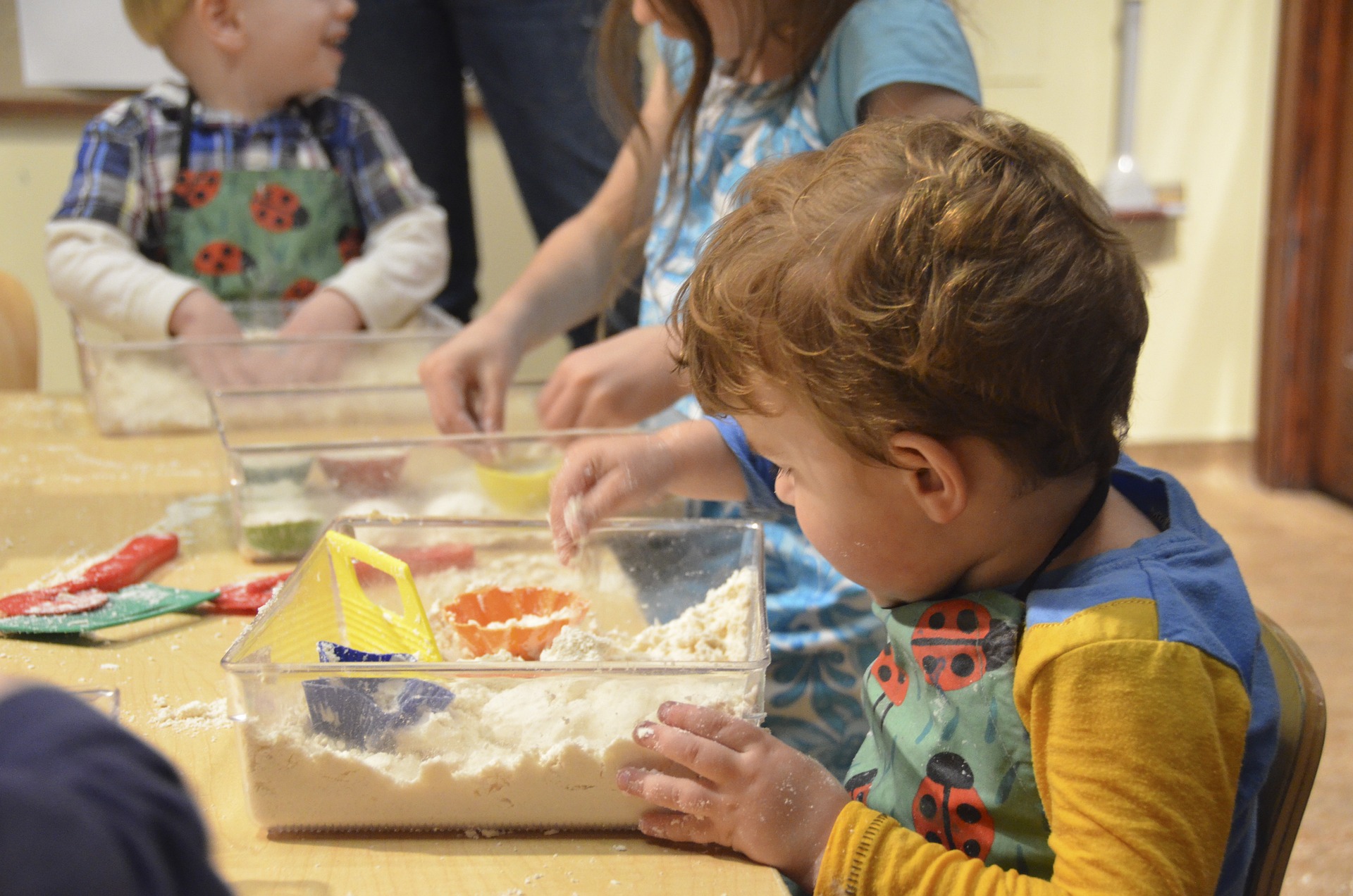Inclusive learning
Barriers to learning
– not labels
SEND can create barriers to learning and can affect children’s behaviour and their capacity to make friends and socialise. It is important that a positive approach is used rather than just labelling the child as having SEND. The question: “What are the barriers preventing this child accessing, progressing or participating in class?” can be useful in helping to effectively plan and address those barriers.
What are the barriers to learning? Why might a child need additional support?

Children with barriers to learning have been separated into five broad areas of need that may require different levels of additional adult support. A child may require additional support in more than one area. These barriers could be mild, moderate, or severe depending on how much tasks need differentiating, or how much personalised support the child needs.
The five broad barriers to learning are:
1. Cognition and learning
Support for learning may be needed when children learn at a slower pace than their peers, even with appropriate differentiation in place. This support could be needed across the whole curriculum, or just in specific areas such as mathematics or literacy. These may be due to a specific learning need such as dyslexia, dyspraxia or dyscalculia.
2. Physical needs
Some children may need specialised equipment to aid their learning because they have a disability or impairment which prevents or hinders them from making use of the educational resources generally provided. These may be learners who have a visual impairment (VI), hearing impairment (HI) or a physical disability.
3. Sensory needs
Children with sensory issues may find it hard to cope with anything that triggers their senses, including sound, light, touch, taste or smell. These may be children who are diagnosed with an autistic spectrum condition/disorder (ASC/D), or are displaying traits of ASC/D.

4. Social and emotional needs
Some children experience a wide range of social and emotional difficulties. These emotional difficulties can display as becoming withdrawn or isolated, or displaying challenging or disruptive behaviours. Children may find it difficult to concentrate, which could be due to a hidden disability.
5. Communication
Speech - Difficulty producing particular sounds.
Communication and language - Problems communicating through speech, difficulties finding the correct language to express thoughts and ideas.
Interaction - Difficulties and delays in understanding or responding to verbal clues and/or difficulty understanding and using language in specific social situations.